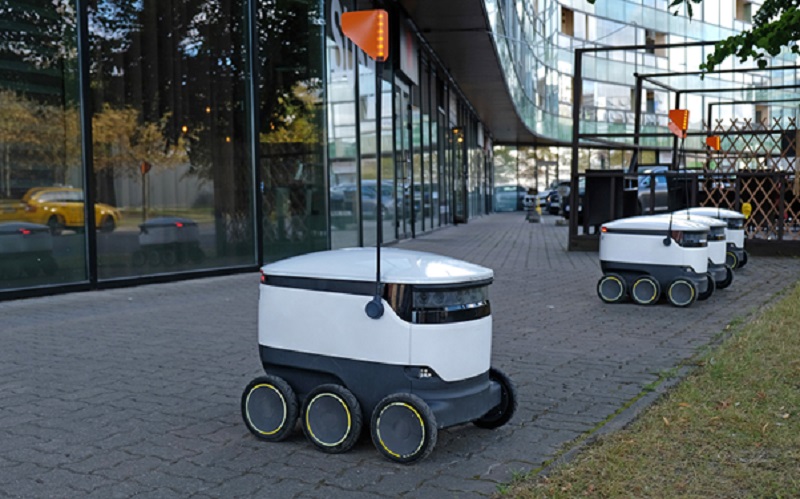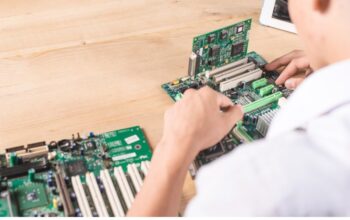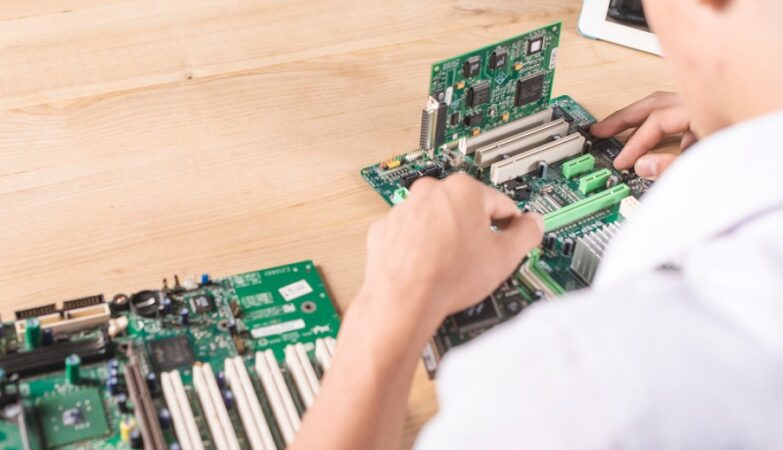Engaging a robotics company may seem like a straightforward choice for automation and security, but success starts well before a robot is deployed. The process involves much more than hiring a robotics company in Singapore. From just sourcing a machine, it requires aligning technology with specific needs, understanding operational impact, and planning for integration challenges. Whether the goal is surveillance, logistics, or labour support, there are critical factors that must be addressed before you begin.
Here’s what you should take into account before taking that first step.
1. Define What Problem the Robot Is Solving
Not every automation challenge requires a robotic solution. It’s vital to identify the gap you’re addressing. Is it about enhancing round-the-clock monitoring? Reducing manpower? Gathering real-time data across vast spaces? Without this clarity, the risk of investing in the wrong technology increases significantly. A robotics company in Singapore often offer various types of systems, so having your objectives in order helps narrow the field quickly and avoids unnecessary customisation costs.
2. Understand the Physical Environment First
A robot operates optimally when the surroundings support it. Floor surfaces, obstructions, lighting, network coverage, and accessibility can influence functionality. For instance, many security robots struggle with uneven terrain or narrow corridors. A thorough review of the site is necessary before any purchase or installation. Minor adjustments to the environment, such as adding ramps, markers, or layout changes are often essential to ensure smooth operation. A dependable vendor will guide you through this process, though internal preparation remains vital.
3. Check for Integration with Current Systems
While robots are capable of independent tasks, they operate more efficiently when integrated with existing systems. Robot surveillance, for example, delivers real value when paired with access control systems, alarms, or central monitoring dashboards. Raise the topic of system integration and compatibility (such as API connectivity) with your provider early in the planning process. Don’t assume that all robots speak the same digital language, some are far more adaptable than others. This step can also prevent operational silos later.
4. Be Realistic About Costs Beyond the Unit Price
The machine alone doesn’t cover the full scope of what’s involved. Be prepared for ongoing expenses, including upkeep, staff training, upgrades, and possible changes to your facilities. Some robotics companies in Singapore offer all-in packages, while others bill separately. Avoid budget overruns by requesting a full cost breakdown before signing any contract. It’s wise to compare pricing models, especially if the service is leased rather than purchased outright. Consider how easily the setup can scale to accommodate future growth or increased demand.
5. Ask About Human Supervision Requirements
Despite popular assumptions, most robots require some form of oversight. Even the most autonomous models may still require human oversight in unusual situations like blackouts, system errors, or unexpected barriers.
Determine the level of human involvement required and whether remote assistance will be managed internally or outsourced. A properly implemented robot surveillance solution should lighten staff workloads, not add to them. Ask for case examples to get a better sense of how these systems behave day-to-day.
6. Plan for Training and Operational Handover
Once a robot is deployed, staff must learn how to interact with it. This includes monitoring its status, handling minor faults, and understanding routine commands. The amount of training needed is frequently underestimated by organisations. A few hours of instruction can go a long way in ensuring the robot does not become a novelty or burden. Also, nominate one or two internal “champions” to be points of contact with the robotics provider for ongoing operational questions.
7. Review Data Policies and Cybersecurity Safeguards
Surveillance robots typically gather large volumes of footage, sound, and environmental readings. This raises immediate questions about storage, access rights, and compliance. Clarify who owns the data and how it’s protected. Some companies opt to keep footage on local servers, while others rely on cloud-based platforms. Check if the vendor follows recognised cybersecurity standards, and determine how alerts and incident logs are managed to prevent misuse or breaches.
8. Know the Legal and Ethical Implications
Using robots in public or semi-public areas may trigger legal obligations. In Singapore, data collection laws and public space regulations must be taken seriously. If the robot captures identifiable footage or interacts with the public, transparency and consent protocols may apply. Engaging your compliance or legal team prior to implementation is a necessary step. It’s also worth considering how the public and your staff perceive the technology, especially for roles involving security or enforcement.
9. Evaluate Support and Service Commitments
Technical glitches are inevitable, no matter how advanced the robot may be. The critical factor is the response time when problems arise. Look for vendors that offer service-level agreements (SLAs) with guaranteed response times. Ask if parts are locally stocked or need to be imported. Timely repairs can be the difference between a successful deployment and an abandoned trial. A robotics company in Singapore offering dependable after-sales service will typically maintain a local support team, which should be considered essential.
10. Think Long-Term: Don’t Skip the Exit Strategy
Robotics adoption is experiencing rapid growth, and technologies evolve just as fast. Think ahead. What happens when your contract ends or the robot becomes obsolete? Is the system upgradeable without requiring a full replacement? Will your collected data be transferable? Having an exit plan in place ensures operational flexibility and helps avoid dependence on outdated systems.
It’s sensible to take a step back and consider the broader implications before adopting automation. Robots can deliver real efficiency, but only when aligned with practical planning and clear objectives.
Contact KABAM Robotics to explore the right path for your business.








